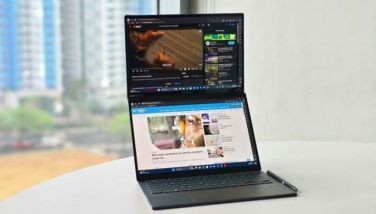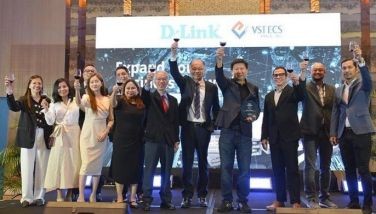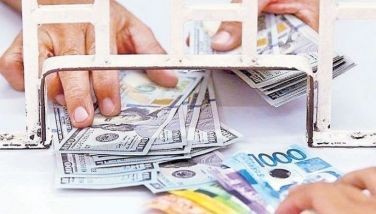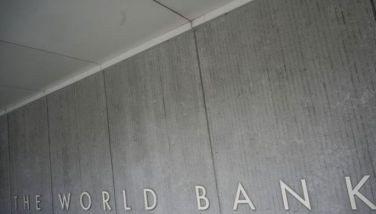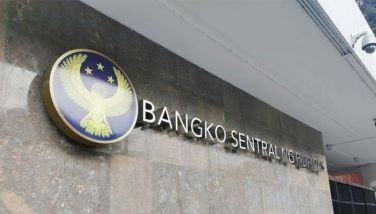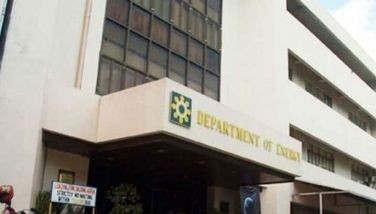Microfinance loans jump 32% to P22.6 billion in 2018
MANILA, Philippines — Microfinance loans jumped by more than 32 percent to P22.61 billion last year from P17.11 billion in 2017 as the number of microfinance-oriented banks almost doubled, the Bangko Sentral ng Pilipinas (BSP) said in the latest report on regional economic developments in the Philippines.
The BSP said microfinance service providers surged by 99 percent to 2,106 last year from 1,057 nationwide in 2017, while the number of borrowers inched up to 1.98 million from 1.95 million.
In terms of the share to total microfinance loans, Calabarzon region or Cavite, Laguna, Batangas, Rizal and Quezon cornered 72.3 percent or P16.35 billion of the total loans and 78.9 percent or 1.56 million of the total borrowers.
On the other hand, the National Capital Region (NCR) booked the fastest growth in microfinance loans with 165 percent to P2.41 billion last year for a 10.6 percent share.
Other regions with higher microfinance loans include Western Visayas with P857.84 million, Zamboanga Peninsula with P711.78 million, Central Luzon with P515.07 million, Caraga region with P349.54 million, Bicol with P340.15 million, Northern Mindanao with P306.77 million, and Central Visayas with P253.09 million
In terms of share to total microfinance oriented banks, the BSP reported Mimaropa or Mindoro, Marinduque, Romblon and Palawan had the highest share with 20.2 percent or 426 followed by Western Visayas with 9.4 percent or 197, and Calabarzon with 8.9 percent or 188.
Cagayan Valley led the regions with the highest growth in the number of microfinance-oriented banks with 730 percent in 2018, followed by Zamboanga Peninsula with 558.3 percent, and Soccsksargen with 550 percent.
Microfinance refers to a broad range of financial services such as deposits, loans, payment services, money transfers and insurance to the poor and low income households, generally for their microenterprises and small businesses, to enable them to raise their income levels and improve their living standards.
The typical clients of microfinance are the economically-active, entrepreneurial poor. These include household-based entrepreneurs, farmers, rural artisans and individuals in the informal sector.
These people will be able to sustain and enhance their livelihood if they are provided with effective access to a wide range of financial products and services.
Since 2000, the BSP has established an enabling policy and regulatory environment for sustainable microfinance to flourish in the banking system.
The Philippines has one of the most conducive environments globally for financial inclusion despite a drop in its ranking in the 2018 Global Microscope of the Economist Intelligence (EIU).
The ranking of the Philippines slipped to fourth with a score of 72, together with India.
- Latest
- Trending









